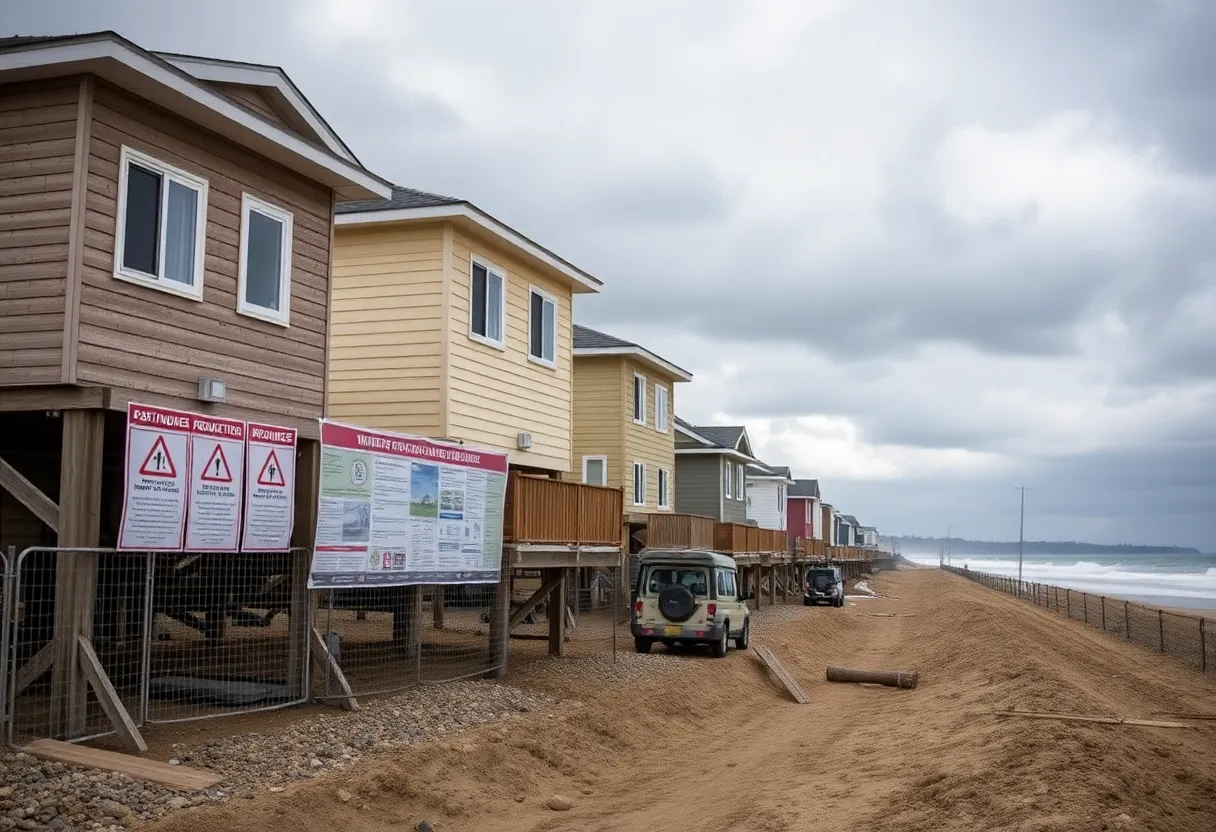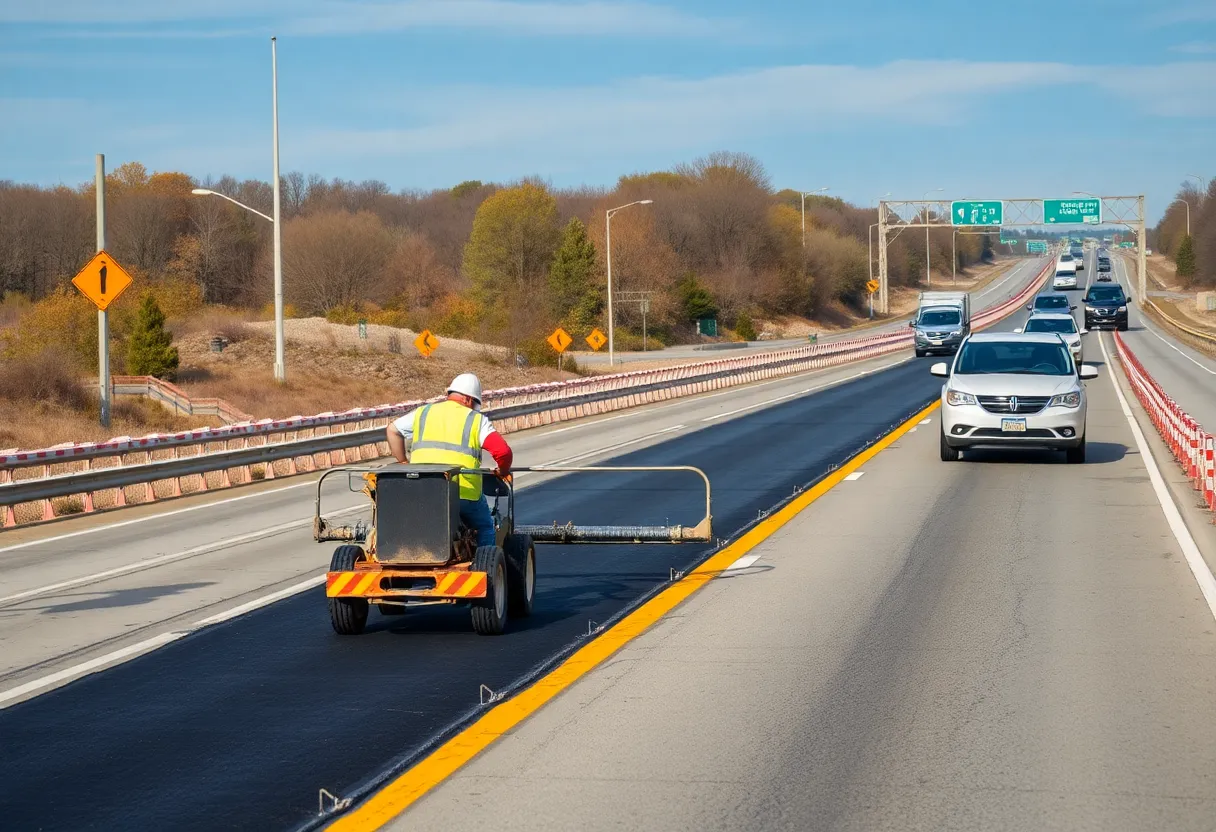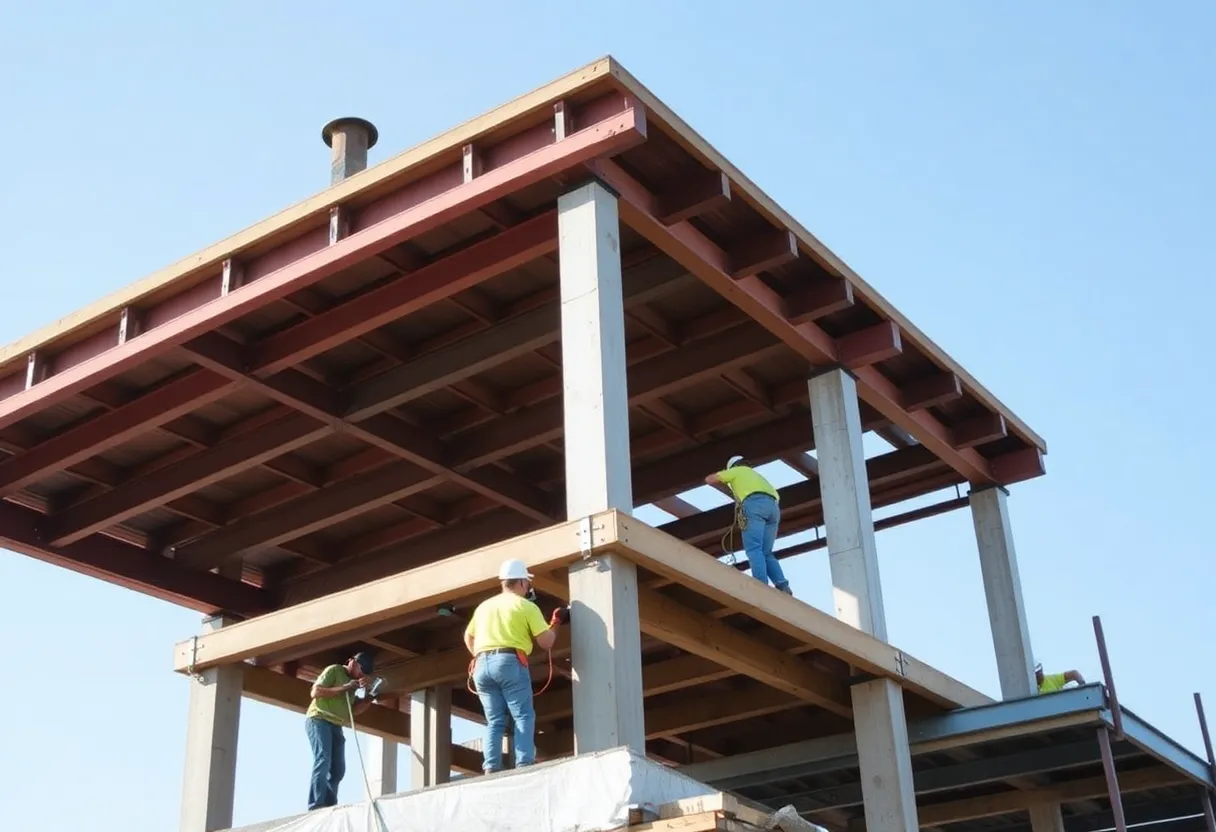News Summary
New Jersey environmental regulators have introduced construction regulations aimed at minimizing flood risks in vulnerable areas, especially along the Jersey Shore. The proposed changes include lowering the minimum height requirement for new constructions to 4 feet above FEMA’s Base Flood Elevation. This adjustment reflects updated climate data and aims to ensure safer and more affordable homes in coastal communities as sea levels rise. Critics raise concerns about expanded flood zones and potential construction costs. The new regulations will undergo public comment and evaluation every five years to adapt to changing climate conditions.
New Jersey Proposes New Flood Construction Regulations
On July 14, 2025, New Jersey environmental regulators introduced new construction rules aimed at addressing flood risks in flood-prone areas, particularly along the Jersey Shore. The key change involves reducing the minimum height requirement for new construction to 4 feet above FEMA’s Base Flood Elevation, down from 5 feet that was previously proposed.
This regulation shift is a direct response to updated climate data, reflecting the state’s commitment to safety and affordability in coastal communities. With rising sea levels and the increasing threat of flooding, these new proposals are designed to ensure homes are built to withstand potential future conditions. Under the new requirement, if FEMA’s Base Flood Elevation for a property is determined to be 3 feet above ground level, new homes will be required to stand at least 7 feet above ground level.
Background and Rationale
New Jersey’s building standards now factor in projections relating to global temperatures, precipitation patterns, and sea-level rise. In contrast, FEMA’s current regulations are largely based on historical flood data. Updated expert forecasts predict a 4.4-foot rise in sea levels by the end of this century, a decrease from the previous estimate of 5.1 feet. Simultaneously, expected global temperature increases have been revised to 2.7 degrees Celsius, down from earlier predictions.
Historical data indicates that sea levels along New Jersey’s coast have already risen by 18 inches since the early 1900s, underscoring the urgent need for updated construction regulations.
Critics and Concerns
The New Jersey Business & Industry Association contends that these regulations could significantly impact affordability in coastal and river communities. Additionally, the New Jersey Builders Association has emphasized the necessity of thoroughly examining the implications of proposed changes on local planning and the economy.
Flexibility and Exceptions
The new regulations do provide some flexibility for builders, especially in flood zones where projects must ensure “dry access” during floods to facilitate evacuation and emergency responses. Furthermore, low- and moderate-income housing projects may receive a “hardship exception” from some construction rules. However, there are stipulations that safety plans for affordable housing must meet specific requirements to qualify for this exemption. This aspect has sparked further discussions regarding the safety of residents in the most vulnerable areas.
Next Steps and Future Evaluations
The proposed changes are scheduled to be published in the New Jersey Register on July 21, 2025, initiating a 60-day public comment period. A public hearing is also set for September, allowing for community input on the new regulations. In a continuous effort to adapt to changing conditions, evaluations of the flood rules will occur every five years to ensure they align with the latest scientific projections and climate data.
However, it is important to note that these new regulations will not apply retroactively to existing buildings in flood-prone areas that already face occasional flooding challenges. To effectively combat flooding issues, experts stress that additional measures beyond mere elevation improvements are crucial. This includes enhancements to stormwater drainage systems and increased collaboration on flood prevention projects.
Actionable Initiatives
Various initiatives, such as dune replenishment, land buyouts in flood-prone areas, and necessary infrastructure upgrades, are under consideration as part of a comprehensive approach to address the ongoing challenges of flooding and climate change in New Jersey.
Deeper Dive: News & Info About This Topic
Additional Resources
- Construction Equipment Guide
- New Jersey Monitor
- Asbury Park Press
- Patch
- Ocean County Sentinel
- Wikipedia: Flood
- Google Search: flood regulations new jersey
- Google Scholar: new jersey flood construction regulations
- Encyclopedia Britannica: flooding
- Google News: new jersey construction flood
Author: Construction FL News
The FLORIDA STAFF WRITER represents the experienced team at constructionflnews.com, your go-to source for actionable local news and information in Florida and beyond. Specializing in "news you can use," we cover essential topics like product reviews for personal and business needs, local business directories, politics, real estate trends, neighborhood insights, and state news affecting the area—with deep expertise drawn from years of dedicated reporting and strong community input, including local press releases and business updates. We deliver top reporting on high-value events such as the Florida Build Expo, major infrastructure projects, and advancements in construction technology showcases. Our coverage extends to key organizations like the Associated Builders and Contractors of Florida and the Florida Home Builders Association, plus leading businesses in construction and legal services that power the local economy such as CMiC Global and Shutts & Bowen LLP. As part of the broader network, including constructioncanews.com, constructionnynews.com, and constructiontxnews.com, we provide comprehensive, credible insights into the dynamic construction landscape across multiple states.





